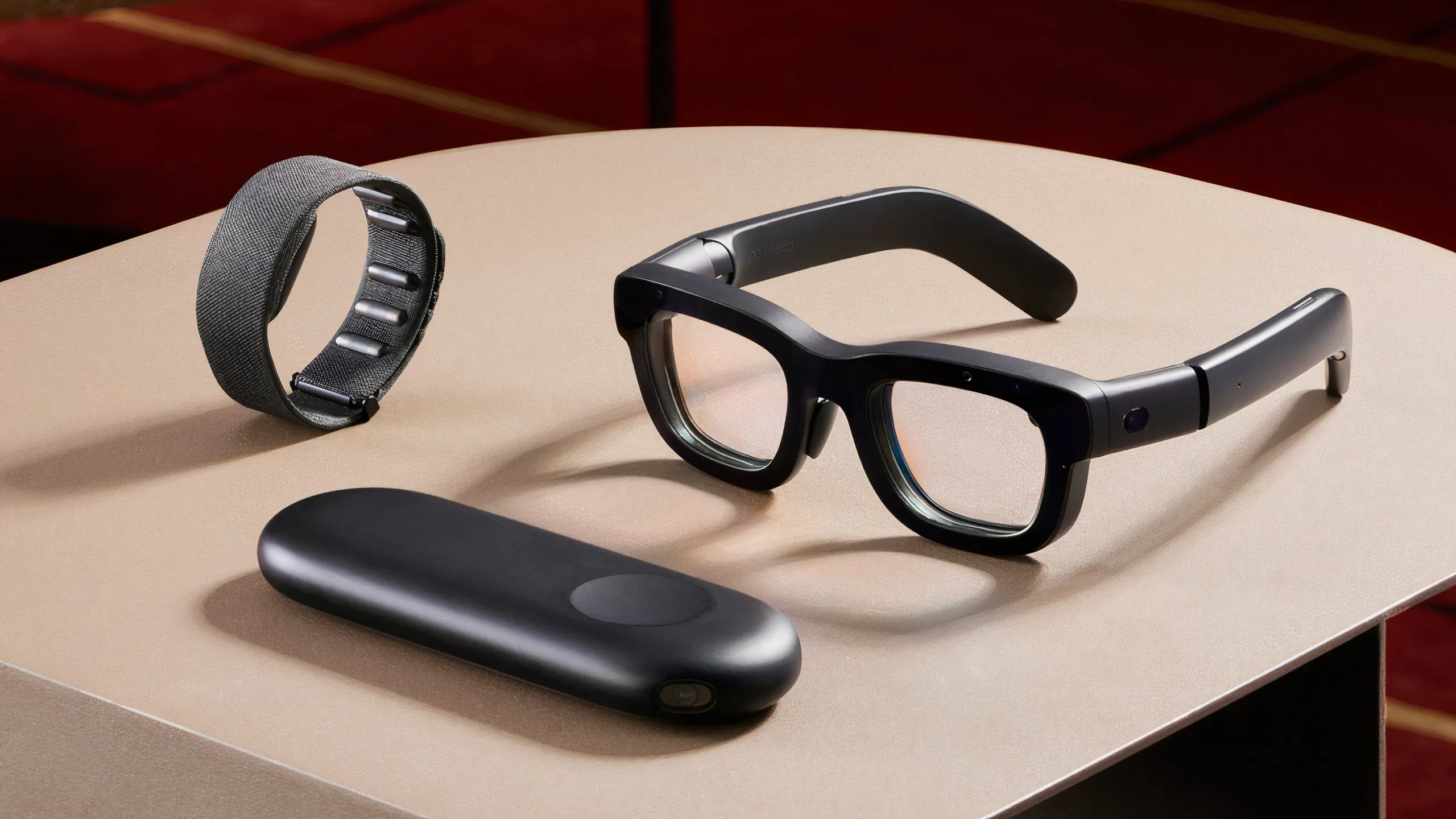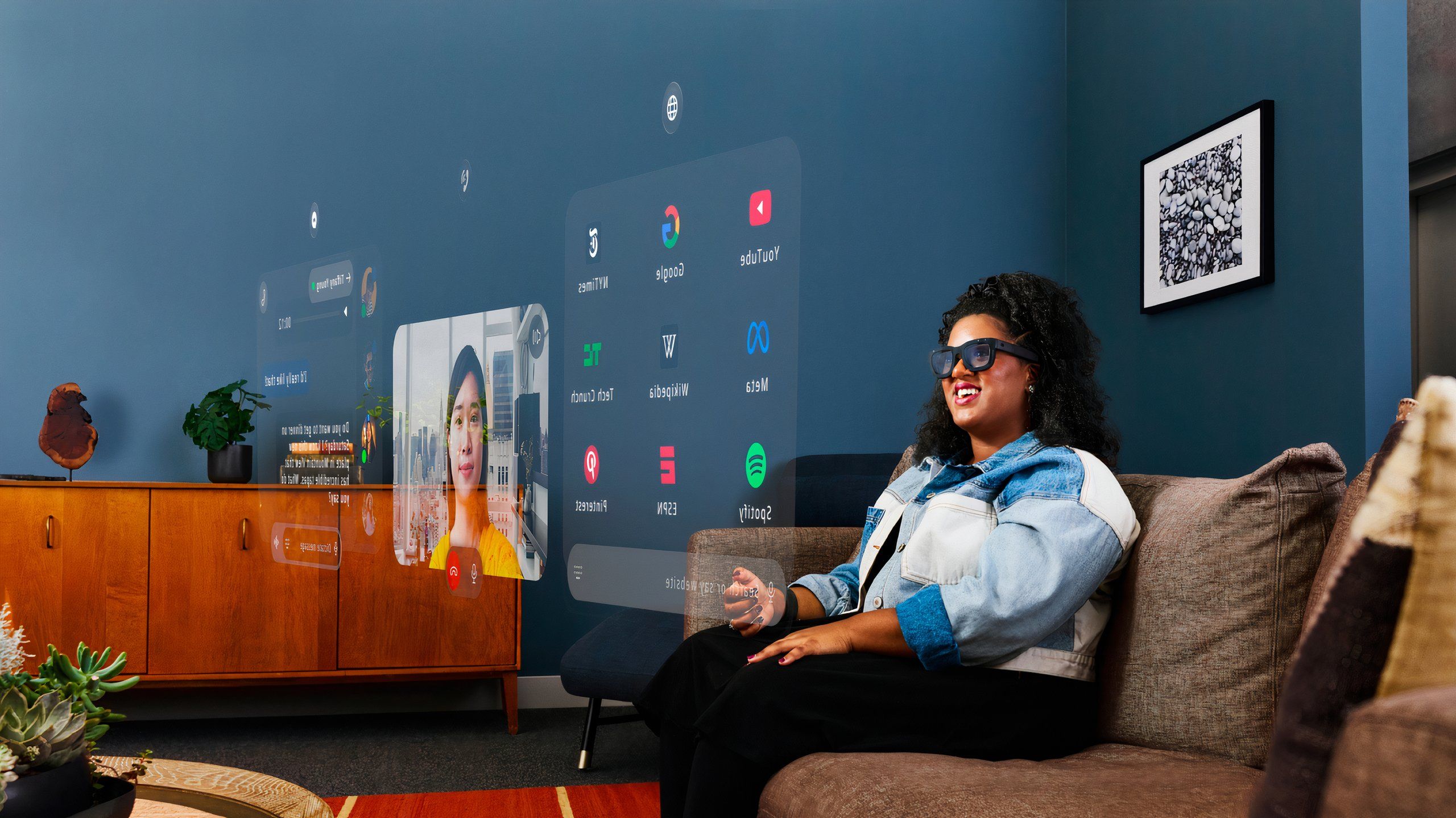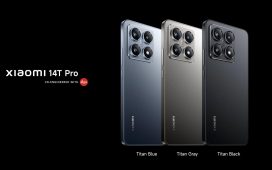Key Takeaways
- Meta unveils its first holographic AR glasses prototype, Orion.
- Orion aims to provide advanced AR experiences with wireless technology.
- Featuring a custom-designed silicon display and neural interface tech for user interaction.
Meta has announced Orion, the first fully functional prototype for its holographic augmented reality glasses. Previously codenamed Project Nazare, CEO Mark Zuckerberg touted Orion as the “most advanced pair of AR glasses ever made.”
During its Meta Connect keynote, Zuckerberg highlighted how special Orion is to the company’s growing portfolio of AR and mixed reality platforms. Alongside the announcement of the Quest 3S and a stunning new pair of Meta Ray-Ban glasses, the company’s next major project is its full holographic AR glasses with Meta AI integration. Much like Snap’s latest Spectacles, Meta isn’t exactly ready to bring Orion to the global market. Working alongside developers, Meta is opening up access to Orion prototypes, and Meta engineers and developers can begin working on refining the R&D process.
Orion breaks ground on new smart glasses technology
The new smartglasses feature Micro LED projectors behind the frame
Zuckerberg claims that Meta has been working on the technology Orion adopts over the last 10 years. Creating a team of “the best people in the world,” the company aimed to design a pair of untethered AR glasses that can use the physical world around them to display and render 2D and 3D holographic content. With built-in AI experiences, Orion can contextually sense and understand the users’ environment to “anticipate and proactively address” the wearer’s needs. For instance, this can result in accurately displaying holographic versions of groceries on a kitchen table.

Meta Orion
Meta’s Orion is the first fully functional prototype for holographic augmented reality glasses. Designed to be lightweight at 3.5lbs (100g), Orion supports a wide 70-degree field, and a wrist-based neural interface. Orion is currently being prototyped internally.
- Brand
- Meta
- Speakers
- Yes
- Weight
- 3.45 lbs
- Field of view
- 70 degrees
With lofty goals, Meta set out to design a pair of fully functional AR glasses that could remain untethered from a phone or other device. To help with this, Meta designed a wireless compute puck that helps with performance. However, the glasses still need to be comfortable. Orion weighs less than 3.5 lbs (100g) and can provide a wide 70-degree field of view for multiple monitors and screens.
The objective is to provide a wearable that users can leave on while being productive during the work day or while relaxing on the couch and watching a movie. A small battery is built into the arm of the frame. There’s currently no word on how long Orion can be used before needing to be charged.
Meta
Orion’s display is built with a custom-made design, featuring Micro LED projectors placed on the inside of the frame. These projectors use waveguides in the lenses to show holographic images and videos. Orion’s lenses aren’t the standard pancake lenses or Fresnel lenses. Instead, the lenses are designed using silicon carbide, with nanoscale textures built-in to refract light at various depths. Zuckerberg confirms that custom-designed silicon is what’s powering Orion.
Orion introduces an impressive neural interface
Alongside hand-tracking and eye-tracking, Orion’s wrist-based neural interface is serious business
Meta
Meta shows it learned a lot from its work on its smart glasses. With updates coming to Meta Ray-Ban this year, it doesn’t appear that the company is abandoning its ambitions on this front. However, after taking lessons learned using voice commands and AI, Orion adopts some of these functions. With Meta AI integrations, users can ask for assistance with a task using their voice, and Meta AI can respond accordingly.
Orion is set to use subtle neural signals from your hand and wrist. An algorithm then dictates gestures and connects them with inputs and commands. Thankfully, we’re not at the point where Meta wants to put a chip into our brains.
On top of that, Orion is said to support hand-tracking and eye-tracking, similar to Quest headsets. However, that’s not all. The glasses are designed to be used in conjunction with a small wristband that powers the neural interface. While hand gestures and voice commands can be optimal at times, they aren’t practical in a real-world setting. Orion is set to use subtle neural signals from your hand and wrist. An algorithm then dictates gestures and connects them with inputs and commands. Thankfully, we’re not at the point where Meta wants to put a chip into our brains.
Meta calls Orion one of its “most polished product prototypes.” The current build of Orion isn’t being made to become a consumer product. Instead, it acts as a full-fledged proof of concept of what consumers can expect in the not-too-distant future. For the time being, Orion will be used internally, where Meta engineers and developers can create innovations and tools. The goal is to expand Orion’s access to help “arrive at an even better consumer product faster,” says the company.
I’ve used various smart glasses and headsets more and more over the past couple of years. Whether it’s been the Meta Ray-Bans or dabbling some time with Apple Vision Pro or Snap’s Spectacles, it truly feels like we’re on the precipice of AR glasses/headsets becoming more widely adopted. It’s still early days for Orion, but if Meta’s technology feasibly delivers these experiences with clear fidelity, Meta could place itself leagues ahead of its competition.











